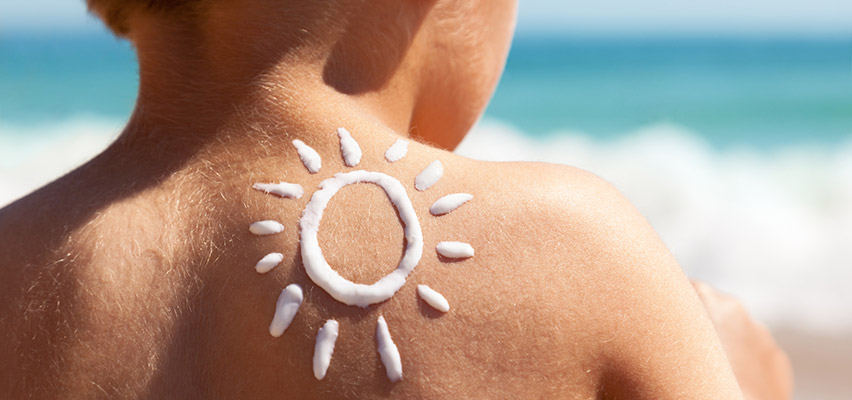
Sunscreen Smarts
2 minutes
Whether you work or play outdoors, you owe it to your skin to first do this: Take a moment to put on some sunscreen, no matter the forecast. Sunscreen isn’t just for sweltering summer days when you’re more likely to get a painful burn. Even in fall and winter, the sun’s ultraviolet (UV) rays—which can cause early wrinkles, age spots and skin cancer—can harm unprotected skin. So what kinds of sunscreen work best?
Here are three must-haves:
Broad-spectrum protection. These products guard against both UVA and UVB rays, which damage skin in different ways. Without broad spectrum on the label, you could be getting only sunburn protection.
SPF (sun-protection factor) 30 or higher. These products screen out 97 percent of UVB rays—a level of protection dermatologists recommend.
Water resistant. These sunscreens can resist water—for instance, while you swim—for up to 40 minutes (water resistant) or 80 minutes (very water resistant).
To help get the most out of your sunscreen, follow these rules:
- Apply it about 15 minutes before going outside.
- Use enough—a palm-sized amount should cover your hands, arms, legs, ears, neck and other exposed skin. Use a sunscreen lip balm for your lips.
- Reapply every two hours, or sooner if you swim or get very sweaty. Sunscreen can break down or wash off.
Finally, you shouldn’t rely on sunscreen alone to protect your skin. Wearing a long-sleeved shirt, a wide hat and sunglasses and avoiding direct sunlight whenever possible should also be part of your outdoor plans.
Sources: American Academy of Dermatology; American Cancer Society and Coffey Communications


